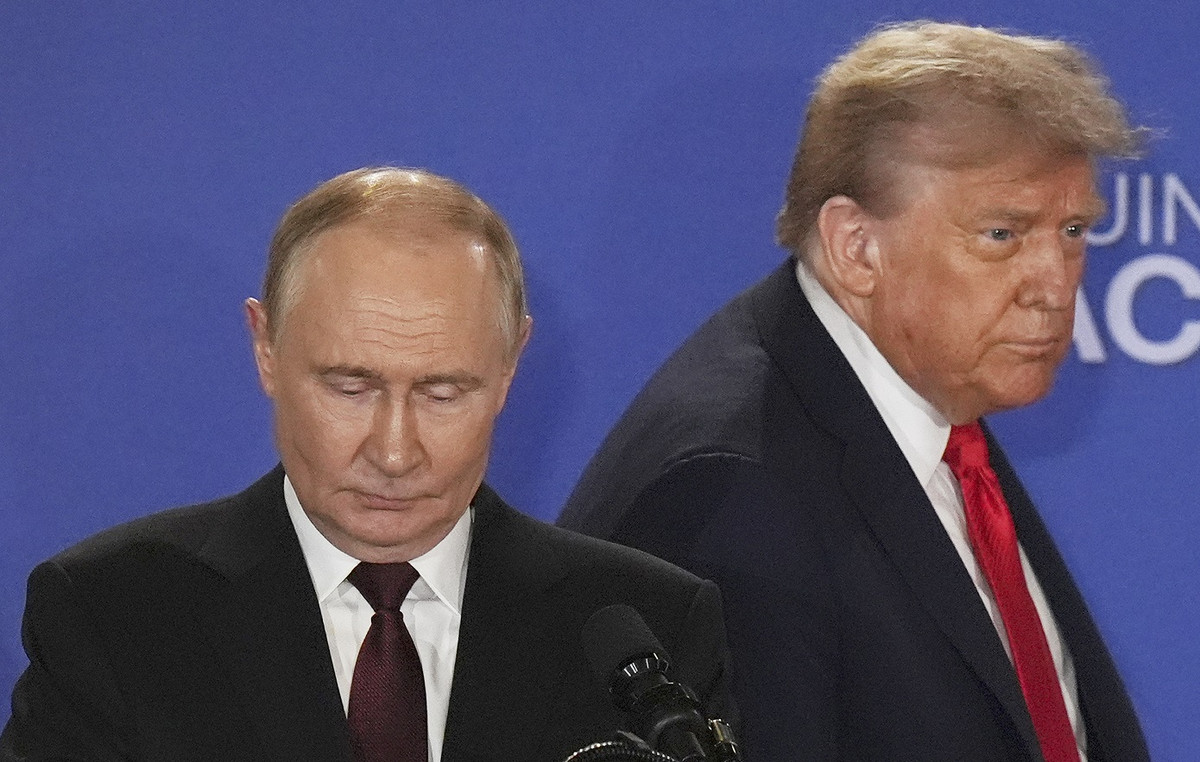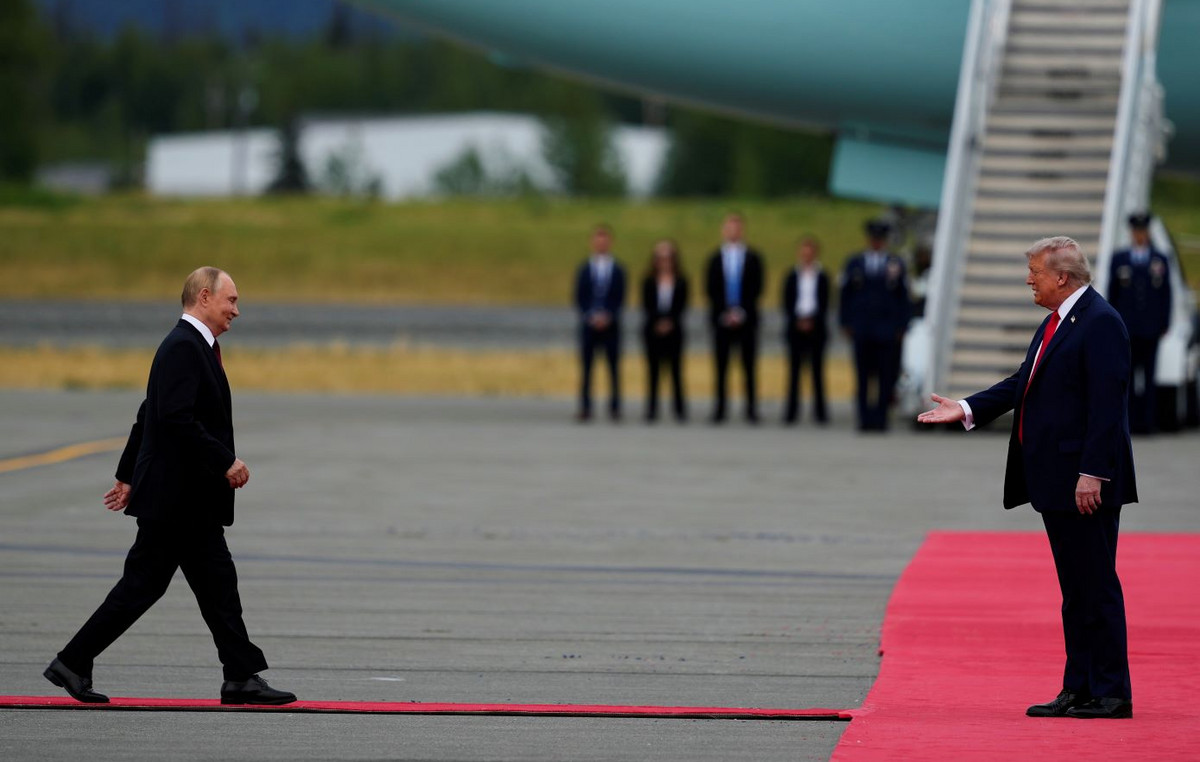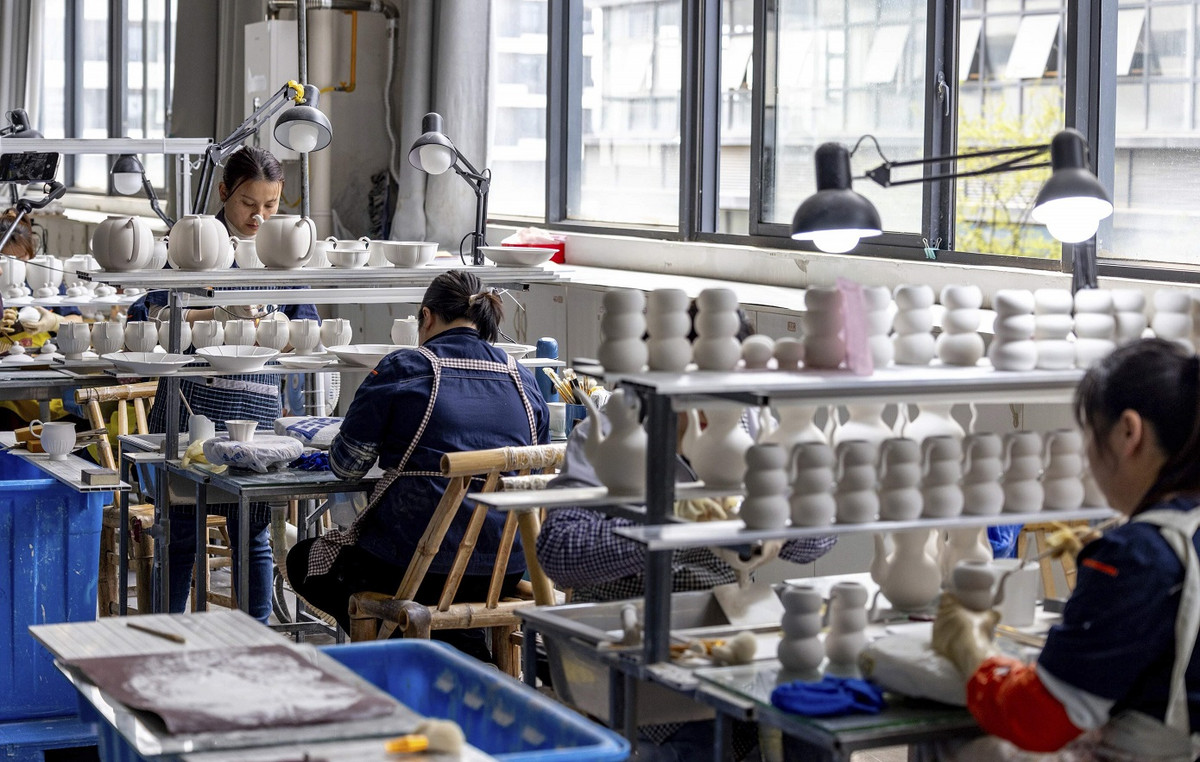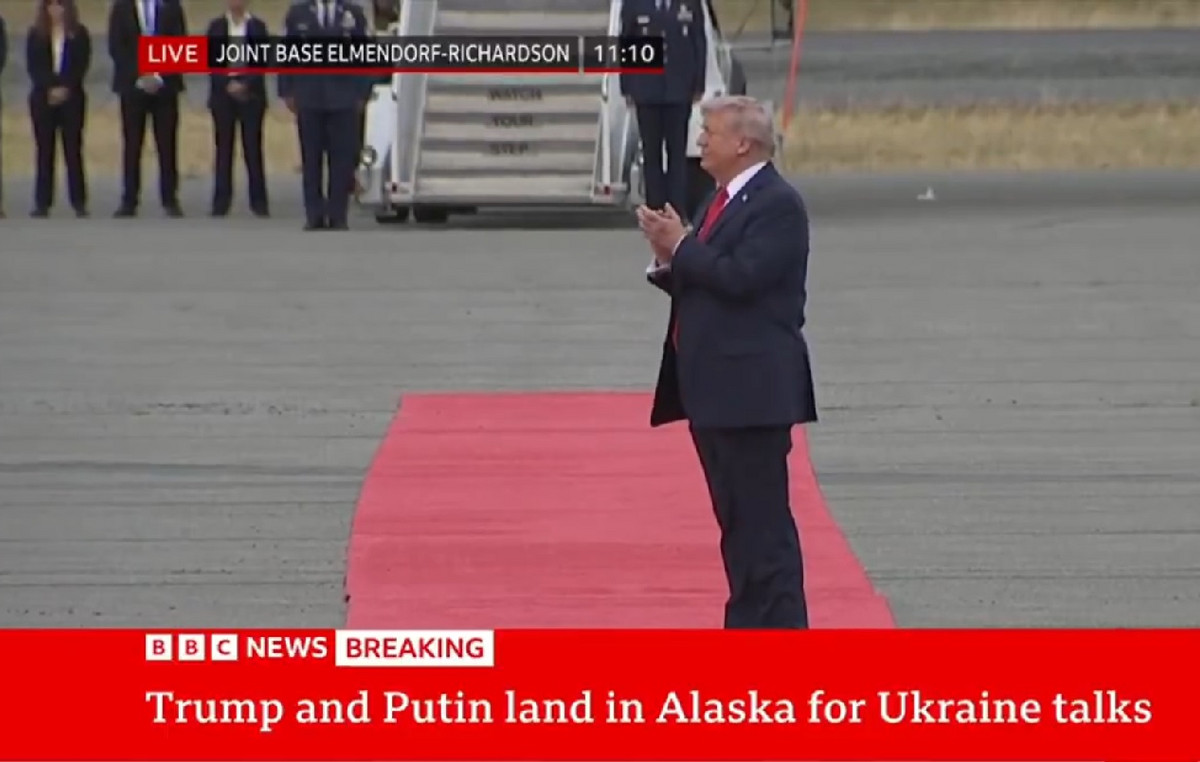O dollar rose 0.13%, quoted at R$5,378, around 9:26 am this Tuesday (12), benefited by an increase in global risk aversion amid growing fears of an economic recession in major economies, which leads to search for assets considered safer, such as the US currency.
Recent pessimism is linked to the discovery of a new coronavirus subvariant at China intensifying fears of new lockdowns in the country and a consequent further slowdown in the Chinese economy, which would have global repercussions.
On the other hand, the efforts of the United States and gives Europe to combat record levels of inflation through interest rate hikes, which tend to negatively impact economic activity.
In Brazil, investors monitor votes on the Budget Guidelines Law (LDO ) referring to 2023 and the Benefits PEC with concerns about the volume of government spending.
On Monday (11), the dollar rose 1.94%, to R$ 5.371. already the Ibovespa closed down 2.07%, at 98,212 points.
overall feeling
Investors still maintain a strong global risk aversion triggered by fears about a possible general economic slowdown due to a series of interest rate hikes around the world to contain record levels of inflation, which would harm many types of investments.
The main cause for this aversion is the cycle of interest rate hikes in United Stateswith the most recent increase announced by the Federal Reserve on May 4th. The increase was 0.75 percentage point, the biggest since 1994, and new highs of the same magnitude were not discarded .
Higher interest rates in the United States attract investments to the country’s fixed income due to its high security and favor the dollar, but harm bond markets and stock exchanges around the world, including the US.
However, the country’s fight against highest inflation in 40 years raises growing fears of a recession in the world’s largest economy due to the need for aggressive monetary tightening. The risk leads to an aversion to risk, favoring the dollar and harming assets considered risky, in the case of the Brazilian market.
On the other hand, new restrictions in cities in the China were announced in early July, reversing a scenario of optimism about a resumption of the country’s economy after months of lockdown in Shanghai and Beijing. The picture reinforces fears of a Chinese economic slowdown and consequent drop in demand for commodities.
In the domestic scenario, the Benefits PEC which creates or expands social benefits with an estimated cost of R$ 41 billion, was poorly received by the market, as it reinforces the fiscal risk by bringing new spending above the ceiling.
With the combination of adverse internal and external environments, the withdrawal of investments harms the Ibovespa and favors the dollar against the real.
Test your knowledge about the Ibovespa
Let’s start with an easy one: what is the Ibovespa?
Who is responsible for calculating the Ibovespa?
What types of assets are eligible to be listed on the Ibovespa?
Which of these is NOT a criterion for a stock to enter the Ibovespa
How many shares are currently in the Ibovespa theoretical portfolio?
How often is the Ibovespa theoretical portfolio reviewed?
What is the most important stock on the Ibovespa?
What is the smallest share on the Ibovespa?
Each Ibovespa point is equivalent to 1 real. This statement is
What is the historical record for closing the Ibovespa?
Try again!
Tip: follow CNN Business to understand more about Ibovespa
Nice job!
You know a lot about the Ibovespa, but you could know a little more
Sensational!
Congratulations! Are you an Ibovespa expert?
*With information from Reuters
Source: CNN Brasil
I am Sophia william, author of World Stock Market. I have a degree in journalism from the University of Missouri and I have worked as a reporter for several news websites. I have a passion for writing and informing people about the latest news and events happening in the world. I strive to be accurate and unbiased in my reporting, and I hope to provide readers with valuable information that they can use to make informed decisions.







